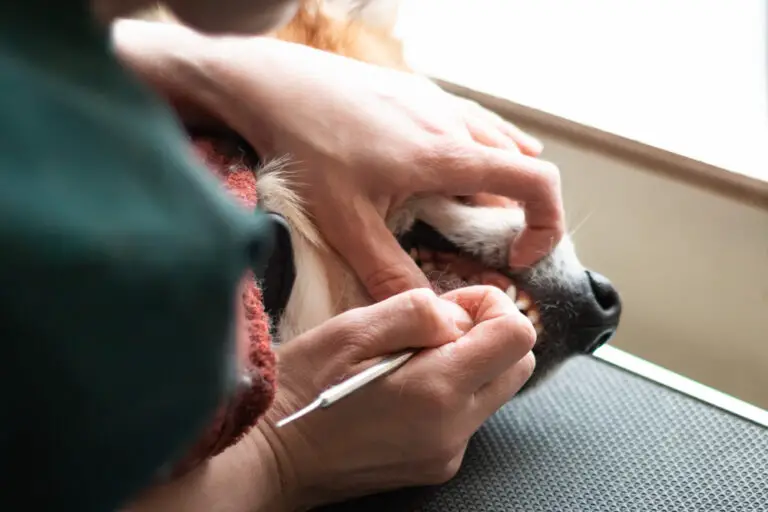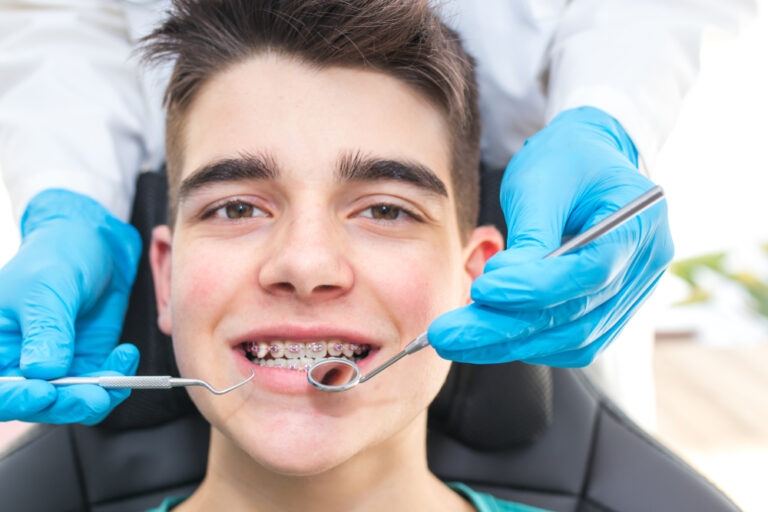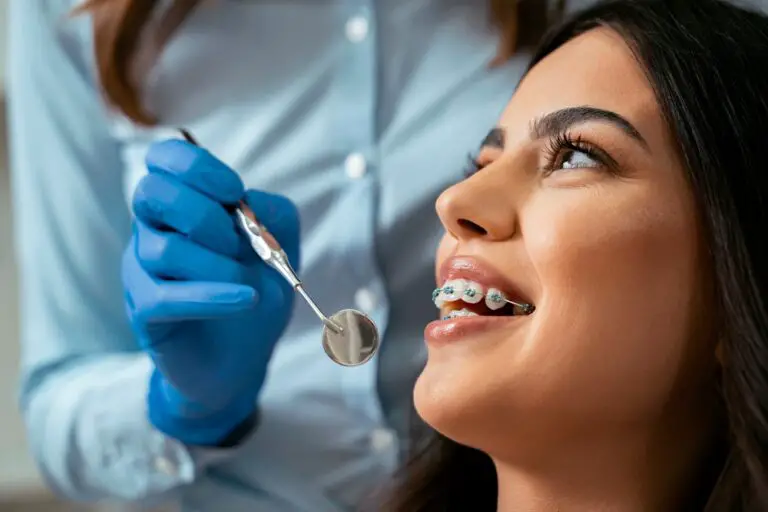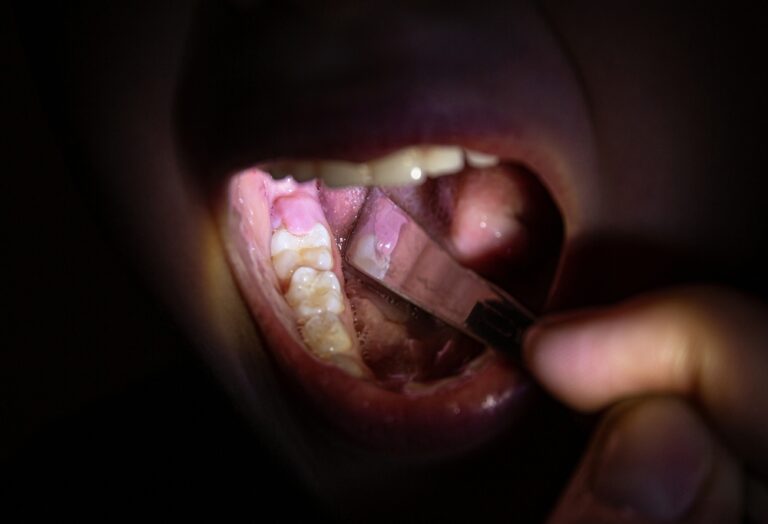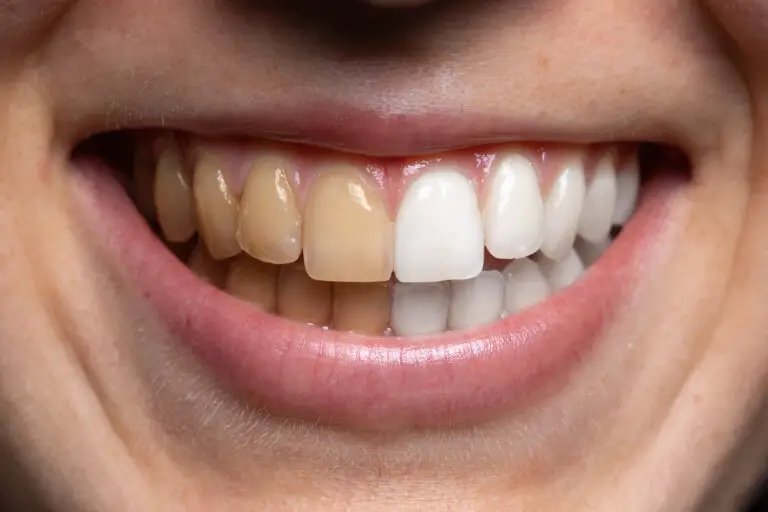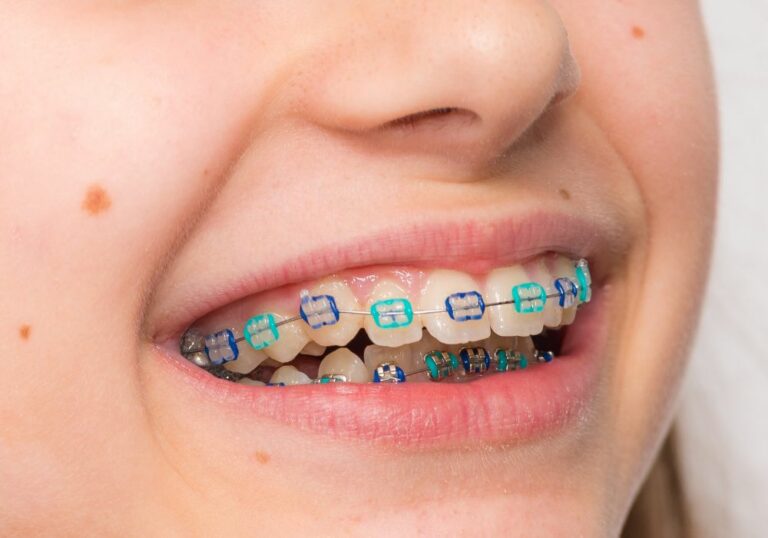A punch to the face can cause a wide array of injuries, from minor cuts and bruises to severe fractures of facial bones. One specific type of damage that can occur is broken or fractured teeth. Teeth are vulnerable when exposed to the high amounts of blunt force that can be generated by a punch. In this detailed article, we will dive deep into answering the question of whether teeth can in fact be broken from punches. We will analyze the anatomy of teeth and mechanics of fractures, quantify how much force punches actually deliver, review scientific studies on dental injuries, outline the precise types of tooth fractures seen, describe short and long term consequences, provide guidance on treatment, offer prevention strategies, and address frequently asked questions.
Dental anatomy and fracture mechanics
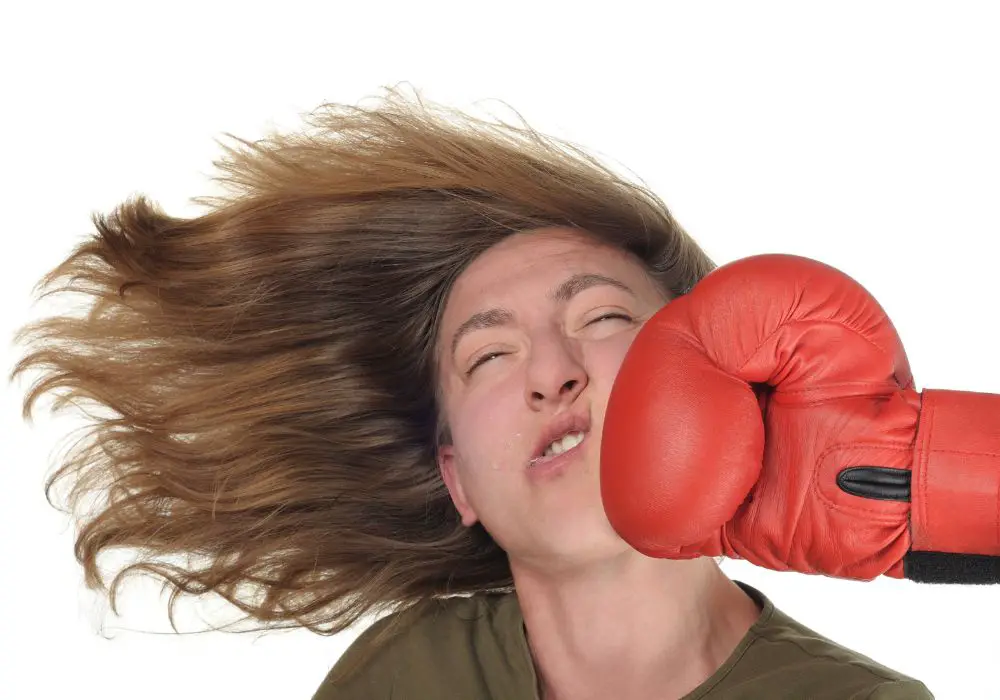
To understand if and how teeth can break from a punch, it helps to first understand the anatomy and composition of teeth that influence their fracture resistance:
- Enamel – The visible white outer layer of the tooth crown is almost entirely enamel, which is the hardest substance in the body. However, enamel is brittle and prone to cracking.
- Dentin – Under the enamel is a thicker layer of dentin, which is less brittle but still fracture prone. Dentin makes up most of the tooth structure.
- Pulp – The innermost portion contains the nerve and blood vessels. Cracks that extend to the pulp cause severe pain.
- Roots – The roots anchor the tooth and are ensheathed in softer cementum rather than enamel.
- Periodontal ligament – Fibers surround the root within the jawbone socket to hold the tooth in place.
For a tooth fracture to occur, stress forces applied to the tooth must exceed the breaking points of the enamel and dentin. The type of fracture depends on factors like direction and concentration of forces. Stresses can cause anything from small cracks in enamel to complete root fractures.
How much force can a punch generate?
Studies utilizing pressure film placed in boxing mouthguards have quantified the tremendous forces that punches can deliver:
- Punches typically transfer 100-1000 pounds of force to the head region.
- Hook punches generated upwards of 5700 Newtons or 1300 pounds of force.
- Less experienced boxers could still punch with over 500 pounds of force.
- Forces propagate from skin surface inward to strain the skull, jaw, and teeth.
- This data confirms punches can easily exceed the enamel’s fracture threshold.
Documented cases and incidence
Several studies have directly measured dental fractures among boxers and victims of violence:
- One study found 39% of boxers had suffered tooth fractures.
- Research on facial trauma patients showed 13-39% had direct injury to teeth from assaults.
- A study of soldiers injured during the war in Iraq found that 33% had dental trauma from blunt force like punches.
- These statistics verify punches do indeed break teeth in a significant portion of cases.
Specific tooth fractures from punches
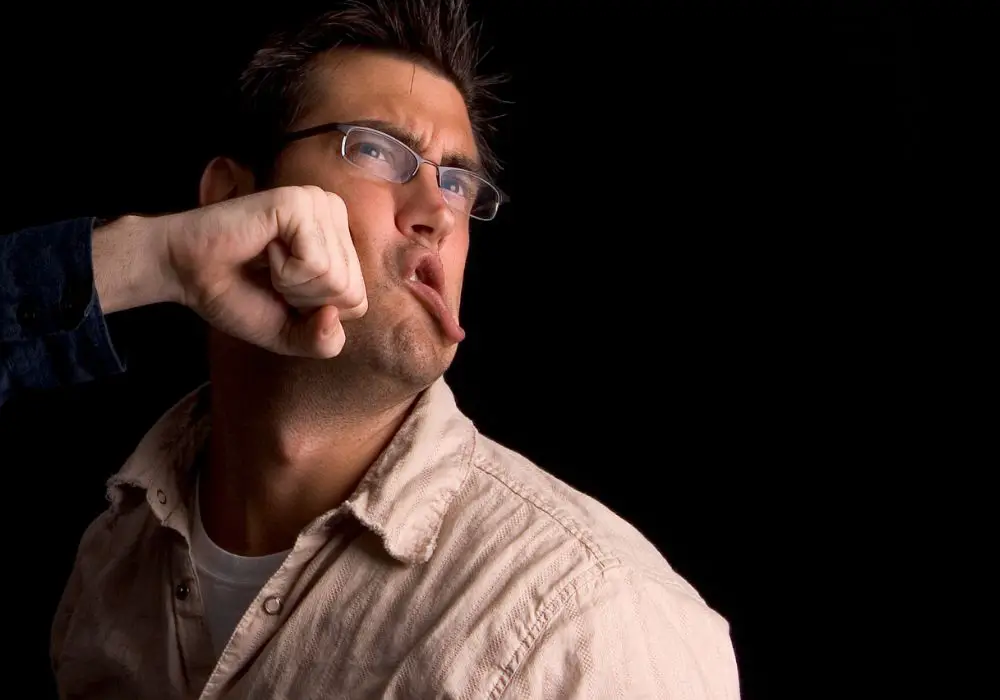
Not all dental injuries from punches are the same. Different types of fractures can occur:
- Chipped teeth – A small segment of enamel breaks off, often leaving a jagged edge. These are the most minor fractures.
- Cracked teeth – A distinct crack extends vertically through the enamel and may enter dentin. Extensive cracks weaken the tooth.
- Compound/Complex fractures – Fracture with pulp exposure. May involve enamel, dentin, and pulp. Highly painful.
- Root fractures – A crack propagates along or below the gumline into the root. Hard to spot but can cause tooth loss.
- Luxation injuries – The tooth shifts or loosens in position within the bone socket due to impact.
- Avulsions – The entire tooth is displaced out of socket, which is very severe damage.
The specific type of fracture depends on factors like punch angle and location. Uppercutting incisors often chips them, while straight shots usually crack teeth vertically.
Consequences and complications
Breaking teeth with punches can cause immediate symptoms as well as serious long term complications:
Short term effects
- Severe tooth pain that may radiate to the jaw, face, or head
- Bleeding from lacerations inside the mouth
- Swelling around damaged teeth and gums
- Tooth sensitivity and pain from hot or cold foods
- Difficulty biting or chewing foods
- Risk of infection entering via cracks
Long term implications
- Pulpal necrosis if fractures reach the pulp, requiring root canal
- Eventual tooth loss after damage is left untreated
- Gap teeth from lost enamel and dentin segments
- Jaw pain, headaches, and TMJ issues from trauma
- Need for dental crowns, veneers, bridges, or implants
- Extended emotional distress and anxiety over dental appearance
Seeking prompt professional treatment
The American Dental Association (ADA) strongly advises seeking immediate dentist evaluation and treatment if teeth are damaged by trauma like a punch:
- Make an emergency dental appointment right away. For severe fractures, go to the ER.
- Take over-the-counter pain relievers until able to see a dentist.
- Major tooth fractures may require a root canal, crown, or extraction and implant.
- Follow all dentist instructions closely to prevent complications like infection or tooth loss.
- Doing nothing may lead to dental problems like abscesses, gum disease, and bone loss later on.
Early intervention optimizes the chances of repairing damaged teeth and maintaining their long term health after a punch.
Prevention strategies and ways to minimize risk
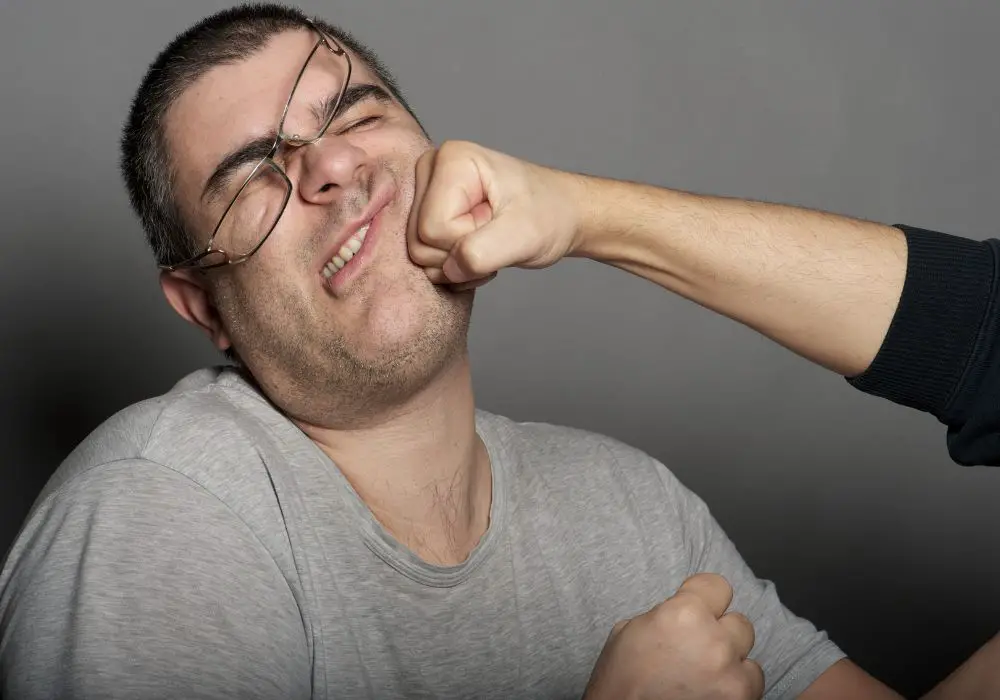
While not always possible to avoid, taking precautions can reduce dental injury risk from punches:
- Wear properly fitted mouthguards during contact sports or risky situations.
- Avoid fighting and physical altercations that could lead to facial punches.
- Turn the head or roll with a punch to dissipate some of the force rather than absorbing it directly.
- Maintain good oral hygiene and dental health to keep teeth fracture resistant.
- Have any previous cracks, decay, or old fillings fixed to strengthen the teeth.
- Consider dental insurance to help pay costs if a fracture does occur.
Answers to Common Questions
How often do teeth actually get broken by punches?
While good statistics are limited, studies show 13-39% of facial trauma victims and 33-39% of boxers had direct dental injuries from punches. So fractures are fairly common when powerful blows land on the mouth.
Which teeth are most likely to break – molars, front teeth?
Front teeth like the incisors and canines sustain the most fractures since they absorb the initial force. Premolars and molars are somewhat protected by the cheeks.
Can just a crack or chip in a tooth be dangerous?
Cracks and chips alone are not immediately dangerous or life threatening. But they can lead to severe tooth pain, infections, and eventually loss of the tooth if not treated promptly.
What is the treatment for repairing broken teeth?
Treatment depends on the type and extent of fracture, ranging from smoothing out chips to root canals and crowns to stabilize cracks and reimplanting or replacing fully knocked out teeth.
Can a very strong punch break the jawbone along with teeth?
Yes, powerful blows can certainly fracture parts of the upper or lower jaw itself, either alone or along with broken teeth. Jaw fractures require immediate emergency medical care.
Conclusion
In summary, punches can and do generate sufficient force to break teeth, most often cracking or chipping the front incisors and canines. Fractures should be urgently evaluated by dentists to determine needed treatment like root canals or tooth extraction and replacement. With prompt care, damaged teeth can often be repaired and saved after trauma from facial punches. Being proactive with mouthguards and avoiding fight situations that lead to punches is wise whenever possible.

